Home>Gardening & Outdoor>Outdoor Entertaining>How Far Should A Fire Pit Be From A Tree
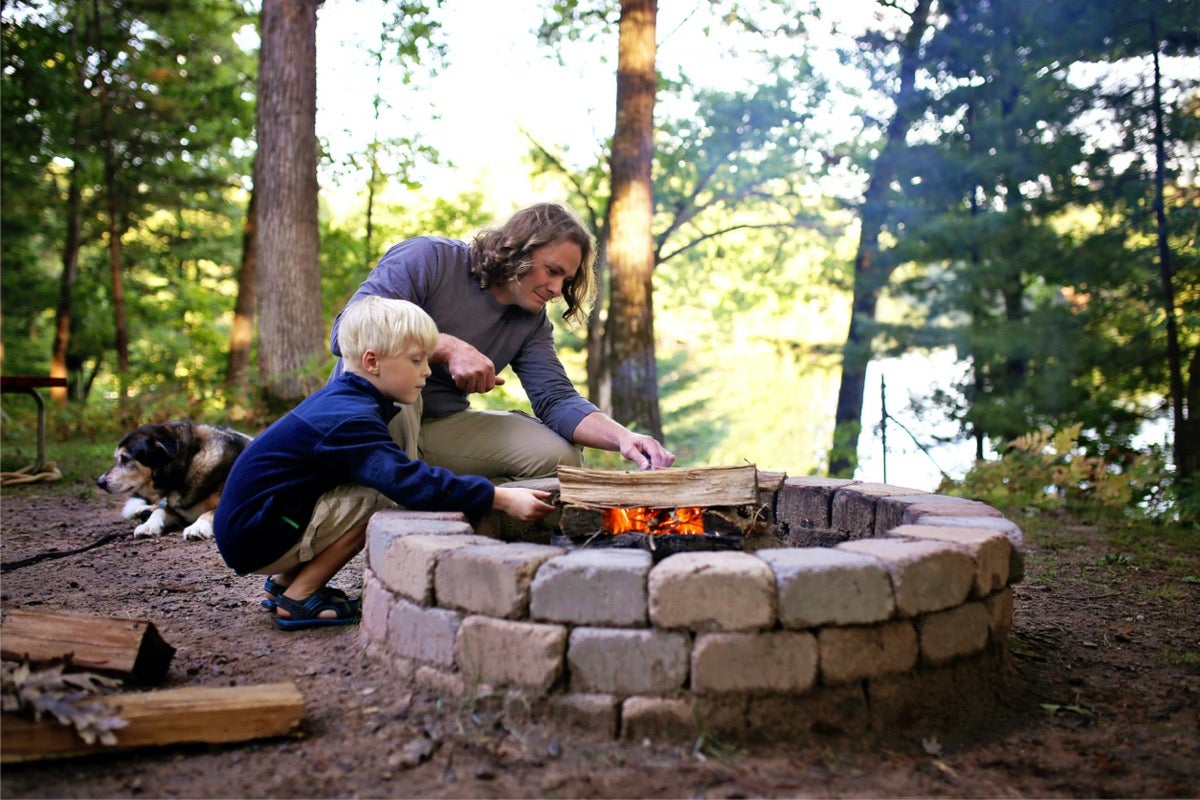

Outdoor Entertaining
How Far Should A Fire Pit Be From A Tree
Modified: January 15, 2024
Discover the ideal distance for placing your fire pit in relation to trees for safe and enjoyable outdoor entertaining. Learn about fire pit safety and tree care.
(Many of the links in this article redirect to a specific reviewed product. Your purchase of these products through affiliate links helps to generate commission for Storables.com, at no extra cost. Learn more)
Introduction
When it comes to creating a cozy and inviting outdoor space, few elements compare to the allure of a crackling fire pit. Whether it's for roasting marshmallows, sharing stories with loved ones, or simply basking in the warmth of the flames, a fire pit can transform your backyard into a captivating retreat. However, as with any outdoor feature, ensuring safety is paramount. One crucial aspect of fire pit safety is understanding the appropriate distance between the fire pit and surrounding trees. In this article, we'll delve into the factors to consider and the recommended distances for positioning a fire pit in relation to trees, providing you with the knowledge to enjoy your outdoor oasis responsibly and securely.
Key Takeaways:
- Keep your fire pit at least 10-15 feet away from trees to prevent accidental fires and heat damage to foliage. Consider tree type, wind patterns, and local regulations for safe placement.
- Regularly prune overhanging branches and follow local regulations to create a secure and enjoyable outdoor fire pit while safeguarding nearby trees.
Read more: How Far Should A Fire Pit Be From A Fence
Understanding Fire Pit Safety
Before delving into the specifics of fire pit placement in relation to trees, it’s essential to grasp the broader principles of fire pit safety. Fire pits, while undeniably charming, can pose potential hazards if not used and positioned with care. By comprehending the fundamentals of fire pit safety, you can mitigate risks and relish the ambiance of your outdoor space with peace of mind.
First and foremost, it’s crucial to invest in a high-quality fire pit that is designed for safe, efficient use. Whether you opt for a traditional wood-burning fire pit, a convenient gas-powered model, or an eco-friendly ethanol fire pit, selecting a well-constructed unit is the foundation of safe outdoor fires. Look for fire pits that are certified by recognized safety organizations and adhere to local regulations.
Additionally, familiarize yourself with local regulations and restrictions pertaining to fire pit usage. Some areas have specific guidelines regarding the use of fire pits, including permissible fuel types, fire pit dimensions, and minimum clearances from combustible materials. By adhering to these regulations, you can ensure that your fire pit setup complies with legal requirements and prioritizes safety.
Moreover, understanding the principles of fire safety is essential. This includes being mindful of weather conditions, such as wind strength and direction, which can affect the behavior of the fire. Always have a fire extinguisher, a bucket of sand, or a garden hose nearby to swiftly address any unexpected developments. Educating yourself and your household on fire safety protocols is crucial for enjoying your fire pit responsibly.
By grasping these fundamental aspects of fire pit safety, you can lay the groundwork for a secure and enjoyable outdoor fire experience. With this knowledge in mind, let’s explore the specific factors to consider when determining the optimal distance between a fire pit and nearby trees.
Factors to Consider
When evaluating the appropriate distance between a fire pit and nearby trees, several key factors come into play. Understanding these factors is essential for making informed decisions that prioritize safety while optimizing the enjoyment of your outdoor fire feature.
Tree Type and Flammability: Different tree species possess varying flammability levels. Evergreen trees, for example, tend to contain flammable oils and resins, making them more susceptible to catching fire. Deciduous trees, on the other hand, generally have lower flammability. Consider the types of trees in close proximity to your fire pit and assess their flammability characteristics.
Canopy Size and Overhanging Branches: The size and spread of a tree’s canopy, as well as the presence of overhanging branches, are crucial considerations. Overhanging branches can pose a fire hazard, particularly if they are dry and close to the fire pit. Additionally, the heat generated by the fire can potentially dry out nearby foliage, increasing the fire risk. Assess the proximity of overhanging branches and the potential impact of the fire’s heat on the surrounding foliage.
Wind Patterns: The direction and strength of prevailing wind patterns in your outdoor space can significantly influence fire behavior. Wind can carry embers and sparks, potentially igniting nearby flammable materials such as dry leaves or tree debris. Understanding the typical wind patterns in your outdoor area is essential for gauging the potential risk posed to nearby trees.
Clearance and Accessibility: Adequate clearance around the fire pit is essential for both safety and accessibility. In the event of an emergency, such as a sudden flare-up, having sufficient space to maneuver and address the situation is critical. Assess the accessibility around the fire pit and ensure that there are no obstructions that could impede safe usage or emergency response.
By carefully considering these factors, you can make informed decisions regarding the placement of your fire pit in relation to nearby trees. Next, we’ll explore the recommended distances that can help mitigate fire hazards and safeguard the surrounding vegetation.
A fire pit should be at least 10 feet away from any tree to prevent the risk of the fire spreading to the tree and causing damage. Always check local regulations for specific distance requirements.
Recommended Distances
Establishing appropriate distances between a fire pit and nearby trees is pivotal for minimizing fire hazards and preserving the well-being of the surrounding vegetation. While specific regulations and guidelines may vary based on local ordinances and environmental factors, the following recommended distances serve as general benchmarks for safe fire pit placement in relation to trees.
Minimum Clearance: As a general rule of thumb, it is advisable to maintain a minimum clearance of 10-15 feet between a fire pit and any nearby trees. This distance provides a buffer zone that helps prevent the inadvertent spread of flames to the trees and minimizes the risk of heat damage to the foliage. However, this distance can vary based on the size and type of the fire pit, prevailing wind patterns, and the specific characteristics of the surrounding trees.
Adjust Based on Tree Flammability: When evaluating the ideal distance, consider the flammability of the trees in close proximity to the fire pit. If you have highly flammable evergreen trees nearby, it may be prudent to increase the minimum clearance distance to mitigate the risk of ignition. Conversely, if the nearby trees are predominantly low-flammability deciduous species, the minimum clearance distance of 10-15 feet may suffice, provided other factors such as wind patterns are taken into account.
Regular Pruning and Maintenance: In addition to maintaining a safe distance, proactive tree care measures can further reduce fire risks. Regularly pruning overhanging branches and removing dead or dry vegetation from the trees can diminish the likelihood of fire spread. By keeping the trees well-maintained and minimizing potential fuel sources for fires, you can enhance the overall safety of your outdoor space.
Local Regulations and Guidelines: It’s important to note that specific jurisdictions may have established regulations governing fire pit usage and the required distances from trees and other combustible materials. Familiarize yourself with local ordinances and guidelines to ensure compliance with the stipulated safety standards. Adhering to these regulations not only promotes safety but also fosters responsible and considerate use of fire pits within your community.
By adhering to these recommended distances and considering the unique characteristics of the trees and outdoor environment, you can create a secure and enjoyable setting for your fire pit while safeguarding the surrounding trees from potential fire-related risks.
Conclusion
As you seek to cultivate a captivating outdoor space centered around a welcoming fire pit, prioritizing safety and responsible usage is paramount. By understanding the nuances of fire pit safety, considering key factors such as tree type, wind patterns, and canopy size, and adhering to recommended distances, you can strike a harmonious balance between enjoying the warmth of a fire and preserving the well-being of nearby trees.
Remember that fire pit safety is a multifaceted endeavor that encompasses not only the physical setup of the fire pit but also the awareness of environmental conditions and the implementation of proactive measures. Regular maintenance of the fire pit, along with ongoing tree care and prudent fire safety practices, collectively contribute to a secure and enjoyable outdoor fire experience.
Furthermore, staying informed about local regulations and guidelines ensures that your fire pit setup aligns with established safety standards, fostering a sense of community responsibility and consideration for the well-being of others.
By integrating these principles into your approach to fire pit placement and usage, you can create a captivating outdoor ambiance while upholding a commitment to safety and environmental stewardship. Whether you’re unwinding with loved ones, savoring the tranquility of a starlit evening, or simply reveling in the cozy allure of a crackling fire, your conscientious approach will enrich your outdoor gatherings and foster a secure and inviting environment for years to come.
Frequently Asked Questions about How Far Should A Fire Pit Be From A Tree
Was this page helpful?
At Storables.com, we guarantee accurate and reliable information. Our content, validated by Expert Board Contributors, is crafted following stringent Editorial Policies. We're committed to providing you with well-researched, expert-backed insights for all your informational needs.

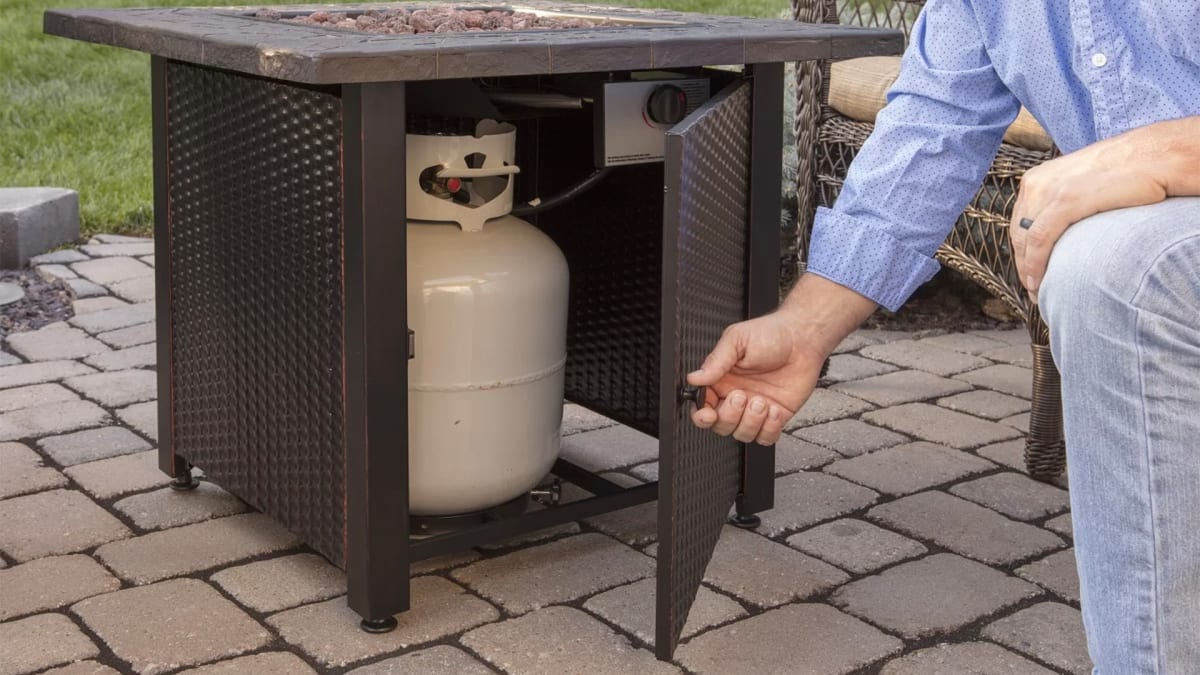


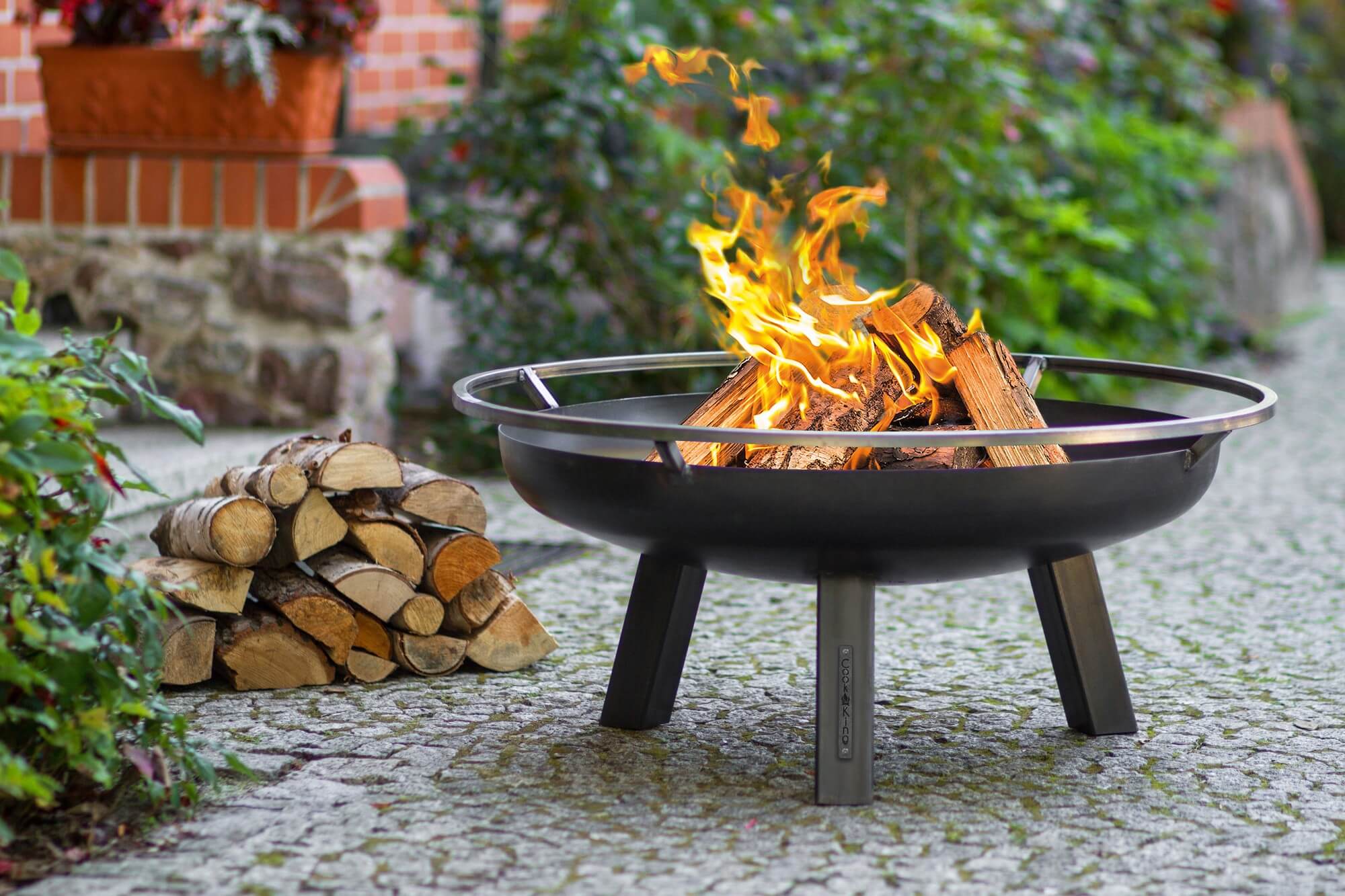
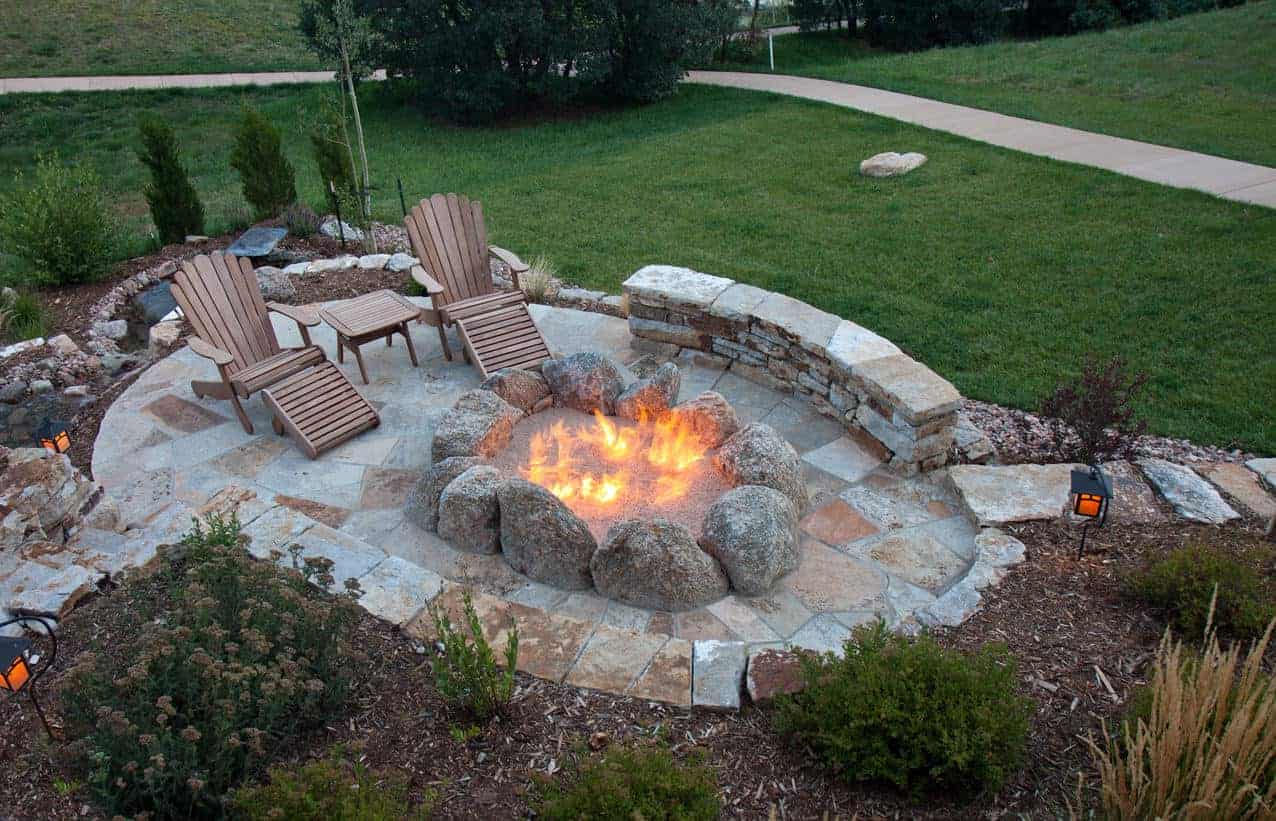
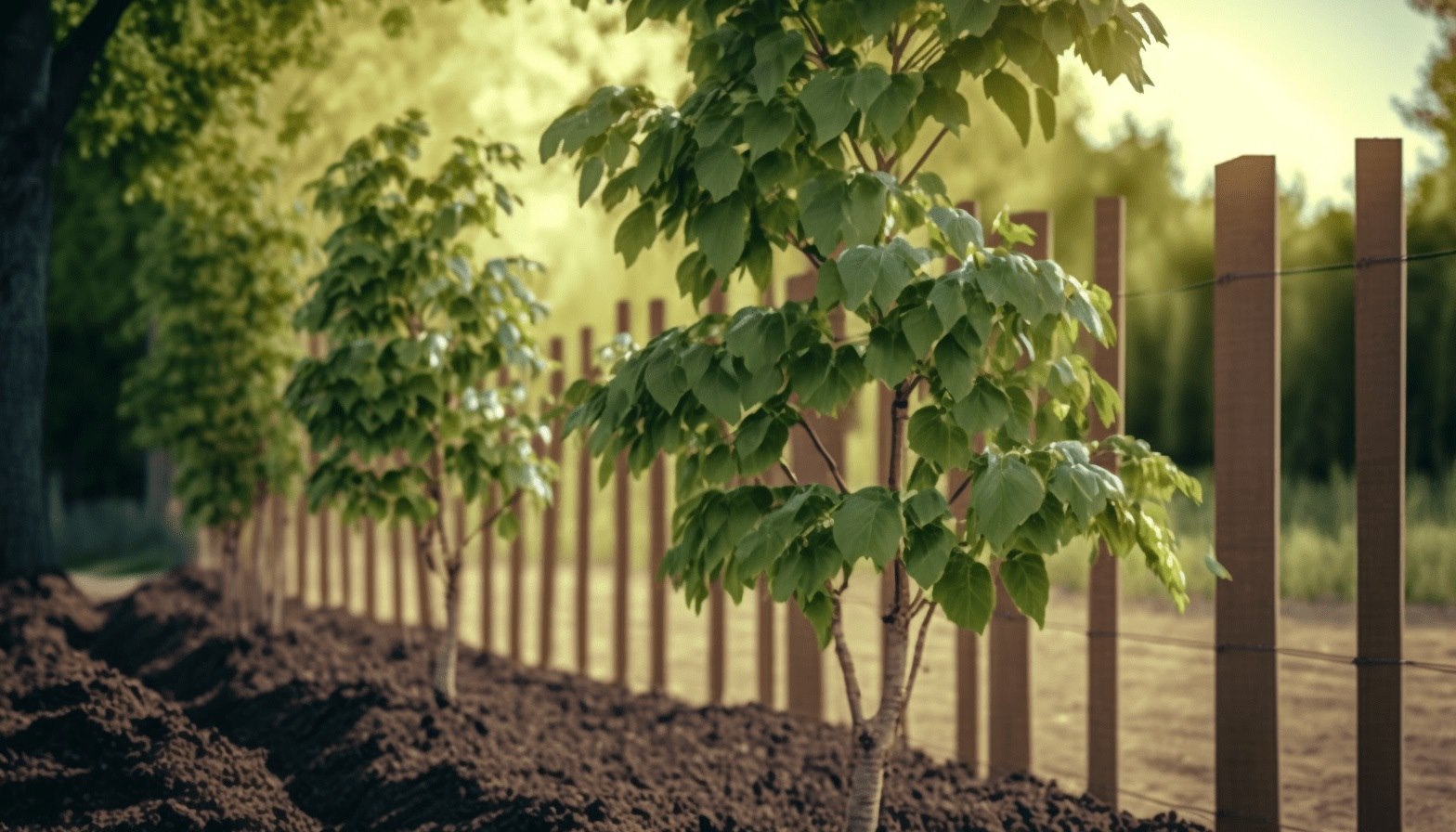




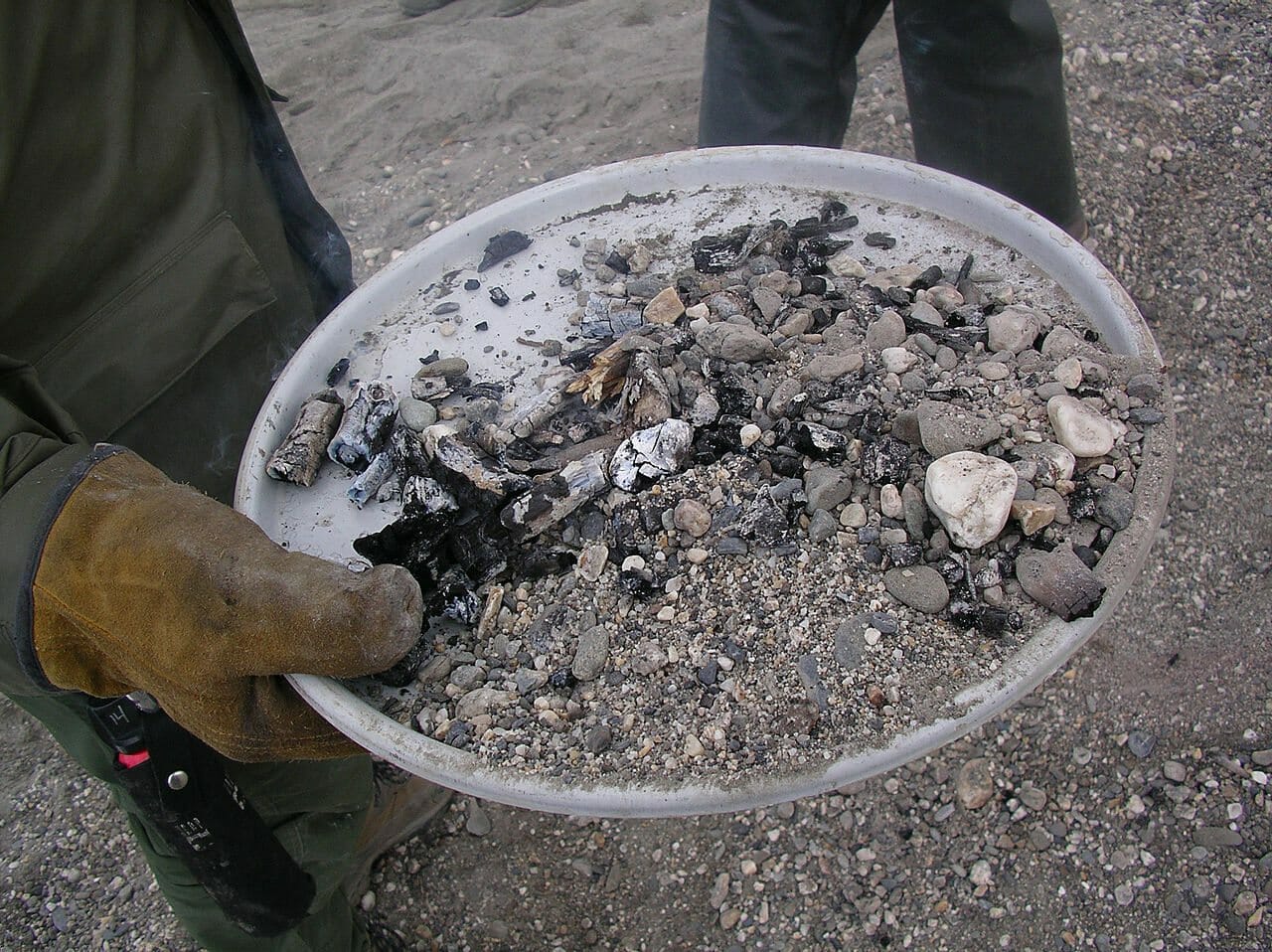


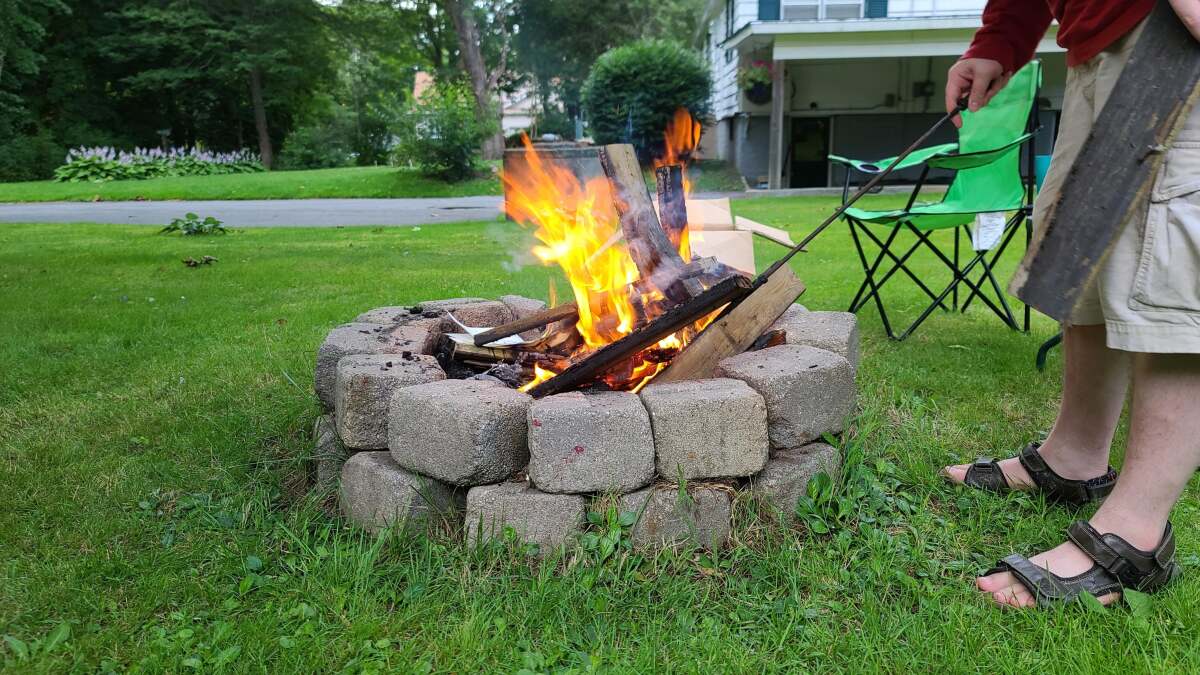

0 thoughts on “How Far Should A Fire Pit Be From A Tree”